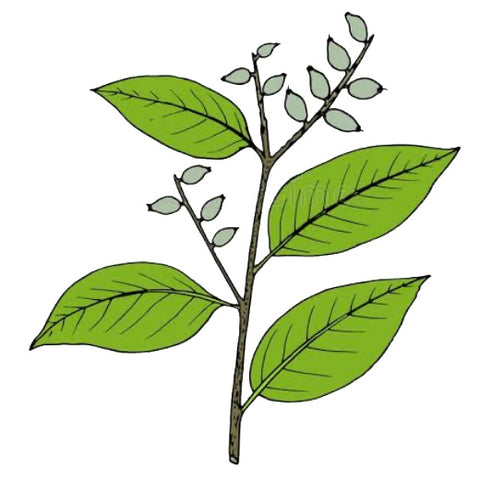Majuphal
It has antioxidant, anti inflammatory, anti bacterial, anti carcinogenic and wound healing properties. It is therapeutically used in various diseases such as alopecia, anal fissure, blackening of hair, blood spitting, bronchitis, chapped nipple, concoctive, diabetes, diarrhea, diseases of anus, diseases of eye, dysentery, dyspepsia, eczema, epistaxis, excessive sweating, fever, gingivitis and pyorrhoea, gleet, gonorrhoea, haematuria, haemorrhoids/ piles, halitosis, herpes, erisepalas, impetigo, infection, infections of teeth and oral cavity, intertrigo, internal haemorrhage, intestinal haemorrhage, intestinal ulcers, leucorrhoea, menorrhagia, nasal catarrh, otorrhoea, periodic fever, plasters, prolapse of rectum, prolapse of uterus, rectal bleeding, relaxed throat, ringworm, scurvy, skin disease, sore throat, sprue, stomatitis, tonsillitis, toothache, vaginal discharge, vaginal laxity, wound and ulcer.





































































































